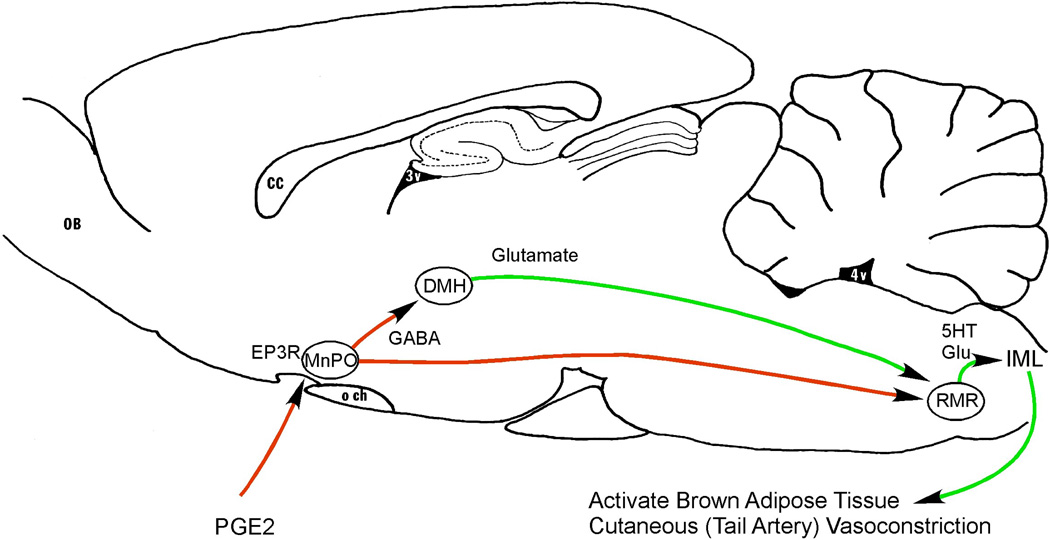Figure 1. Neuronal pathways causing fever during systemic inflammation.
Prostaglandin E2 (PGE2) is produced by endothelial and perivascular cells along small venules at the edges of the brain, particularly in the preoptic area. It acts on EP3 receptors (EP3R) to inhibit neurons in the median preoptic nucleus (MnPO). Many of these neurons are GABAergic, and they in turn inhibit neurons in the dorsomedial nucleus of the hypothalamus (DMH) and rostral medullary raphe (RMR) that act to increase body temperature. RMR neurons use glutamate and serotonin (5HT) to excite sympathetic preganglionic neurons in the intermediolateral column of the spinal cord (IML), which activate brown adipose tissue (which produces heat) and cutaneous vasoconstriction (particularly in the tail artery, which conserves heat). Thus, PGE2 in the MnPO disinhibits these heat producing and conserving pathways and elevates body temperature. CC, corpus callosum; OB, olfactory bulb; och, optic chiasm; 4V, fourth ventricle.

